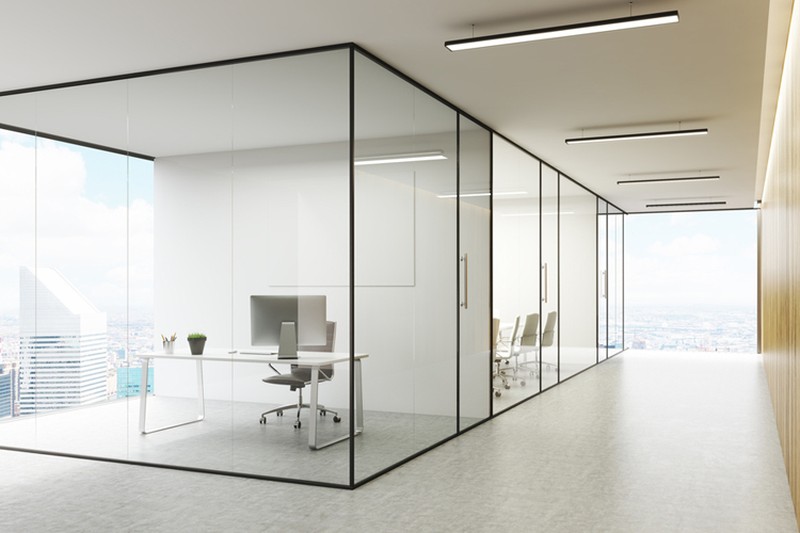Sound echoes differently in our living rooms than it does in the sprawling expanse of an office. The art of soundproofing, therefore, takes a unique approach depending on whether you’re curating peace in a home or cultivating productivity in a commercial space.
Here’s a closer look at the key differences between soundproofing for residential and commercial settings.
Introduction to the Importance of Soundproofing
Noise pollution isn’t just an outdoor issue. Inside, it can seep through walls, disturbing peace or concentration. Soundproofing has become essential for creating serene residential spaces and functional commercial environments alike. It’s all about enhancing comfort and efficiency, albeit through different methods tailored to each setting.
In residential areas, the primary goal is tranquillity. Homes are sanctuaries from the outer world’s hustle, offering respite and privacy. Conversely, commercial spaces prioritise minimising distractions and improving acoustics, fostering an atmosphere where productivity and communication thrive.
Material and Design Considerations
- Residential Soundproofingleans towards materials that add to the aesthetic appeal while blocking or absorbing sound. Think thick carpets, stylish acoustic panels, and double-glazed windows.
- Commercial Soundproofingoften involves more robust solutions like suspended ceilings, specialised acoustic tiles, and heavy-duty sound barriers. The focus is on efficiency and effectiveness, accommodating the larger scale and specific needs of commercial operations.
Cost Differences and Affordable Solutions
The scale of commercial sound proofing projects typically results in higher costs, driven by the size of the spaces and the need for specialised materials. For homeowners and small businesses looking to save, DIY approaches like adding weather stripping to doors and windows or investing in moveable acoustic panels can make a big difference without a big investment.
Soundproofing Techniques and Implementation
Whether for a quiet home office or a bustling restaurant, the techniques applied can significantly alter the space’s sound dynamics.
- In Residential Settings techniques often include sealing gaps in doors and windows, using rugs and soft furnishings to absorb sound, and installing insulation within walls. These methods not only reduce external noise but also help in minimising echo within the home.
- For Commercial Applications, advanced methods like installing floating floors to reduce footstep sounds, using mass-loaded vinyl for walls, and incorporating acoustic clouds and baffles in ceilings are common. These techniques are designed to address the complex sound challenges in open and large spaces.
Regulations and Compliance
Soundproofing efforts are also guided by local regulations and building codes, especially in commercial developments.
- Residential Projectsmay have fewer restrictions but adhering to neighborhood guidelines and standards is crucial to avoid disputes.
- Commercial Spacesmust comply with stricter regulations, often necessitating the involvement of acoustic consultants to ensure that sound levels meet legal requirements for workplace safety and environmental impact.
Future Trends in Soundproofing
Innovation in soundproofing materials and techniques is constantly evolving to meet the demands of modern living and working environments.
- Sustainable and Smart Soundproofingincludes using eco-friendly materials and integrating smart technology for sound management. These advancements promise not only to enhance soundproofing measures but also to improve energy efficiency.
- Customisation and Flexibilityneeded for adaptable soundproofing solutions are increasing. From convertible soundproof panels to modular furniture that doubles as sound absorbers, the future of soundproofing is versatile and user-centric.
Understanding and applying the right soundproofing strategies, we can create environments that positively influence our well-being, productivity, and privacy. Whether through traditional methods or cutting-edge innovations, soundproofing remains a critical component in the design of both residential and commercial spaces.
Conclusion
If you’re crafting a quiet reading nook at home or looking to boost productivity in the workplace, understanding the nuances of soundproofing can have a profound impact on your space.
Understanding the differences in soundproofing approaches for residential and commercial spaces can empower you to make informed decisions, creating environments that cater precisely to the needs of their occupants.
Interested in exploring soundproofing solutions tailored to your needs? Reach out for a personalised consultation, and let’s design a soundscape that resonates with your goals.

